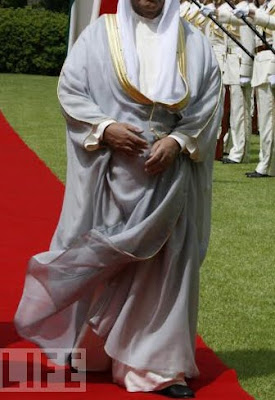by Lauren Yi
There is a consistent appearance of animal prints from leopard spots, snakeskin, and tiger stripes, especially when designers took a walk on the wild side for pre-fall 2010. Whether it’s an accent accessory or a full-on statement, cat inspired prints have been in constant existence and allow women to achieve a sleek, sexy, and powerful look.
As stated from Merriam-Webster Dictionary, the adjective feline has two definitions:
1. of relating to, or affecting cats or the cat family
2. resembling a cat as: a) sleekly, graceful b) sly, treacherous, stealthy
Enticement is a transitive verb that means to attract artfully or adroitly or by arousing hope or desire. Together they communicate the following values:
Wild
Desire
Temptation
Persuasive
Seduction
Exotic
Sexy
Savage
Aggressive
Bold
Daring
Power
Independent
Outgoing
Attention
Sleek
Chic
Secretive
We see these messages translated through fashion worn from everyday people on the streets to celebrities on the red carpet. World re-known singer Rihanna, is a perfect example of a strong, sexy, hot female stealing the spotlight from all. Her origin in Barbados gives her an exotic and unique difference from other American singers, while she also relates back to her wild side through tight clothing of leopard and cheetah prints. Her song Rude Boy which is a Jamaican and animal themed video, portrays a bad girl who wants a man to meet her physical needs and “get it on” with her.
The relation of cats as a sexy dark creature also stems off of the famous comic character, Catwoman who is a mysterious burglar and jewel thief, revealed at the end of the story to be a young, attractive woman.
Scholarly experts recognize these values represented by cat-print clothing as well. Elizabeth Rouse claims the same belief in her writing Why do people wear clothes? (pp. 123-125). She includes quotes from theorists Rudofsky and Lanver who reinstate the idea that these clothes serve to display the body and exhibit it in order to gain admiration.
“It seems that man’s and animal’s clothes serve much the same purpose – sexual selection. Only the roles of the sexes are reversed. In the animal kingdom it is the male who infatuates the female with his gorgeous garb. She falls for his looks rather than his strength and aggressiveness. In human society, this is not the case. She has to track and ensnare the male by looking seductive. To prevent the male from escaping, she has to keep him perpetually excited by changing her shape and colours by every means, fair and foul. In the traditional battle of the sexes, dress and its accessory arts are her offensive weapons…It is universally true that it is the role of the female to attract, and to be chosen on the criterion of her attractiveness, and that clothes are a key factor in this process. Their views rest on their theories about ‘human nature’ and ‘instincts.’ “
Although there are several designers who have used cat prints in their collection, Roberto Cavalli signature look is a sexy woman in wild cat print in all of his many brands.
Jil Sander is a minimalist German fashion designer who represents the binary message of conservative minimalist. Her trademark look, a contemporary, somewhat odd, New Look was originally intended for women conquering executive positions in the 1980s and consists of cut pantsuit, a slim blouse and a form-fitting coat made of luxurious fabrics in plain grey, beige, blue, black or white. She designs for women whose values would be:
Monotone
Simplicity
Plain
Strict
Humble
Clean
Traditional



















































